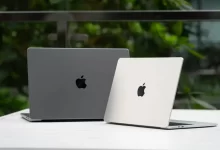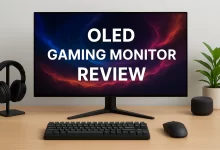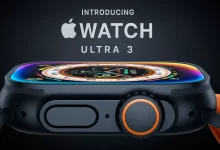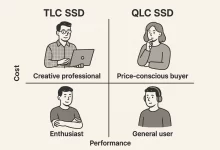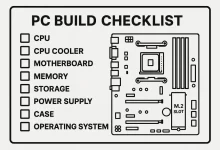Apple M5 Chip. Just saying the phrase gives me goosebumps. Ever since Cupertino dropped the M4 inside the iPad Pro, nerds like me have been pacing the floor waiting for the big Mac upgrade. Grab your favorite mug, because in the next ten minutes we’re gonna unpack nine jaw-dropping breakthroughs hiding inside this silicon monster—and why they matter for real-world work, play, and all the AI magic in between.
Quick anecdote: last winter I maxed-out my credit card on an M1 Max MacBook Pro so I could render 4K video on a ferry ride. It worked—but just barely. Watching the export chug at 85 °C, I swore the next Apple silicon leap would have me upgrading sooner than my spouse thinks is sane. Spoiler: that leap is the Apple M5 Chip, and yeah, I’m already stashing cash.
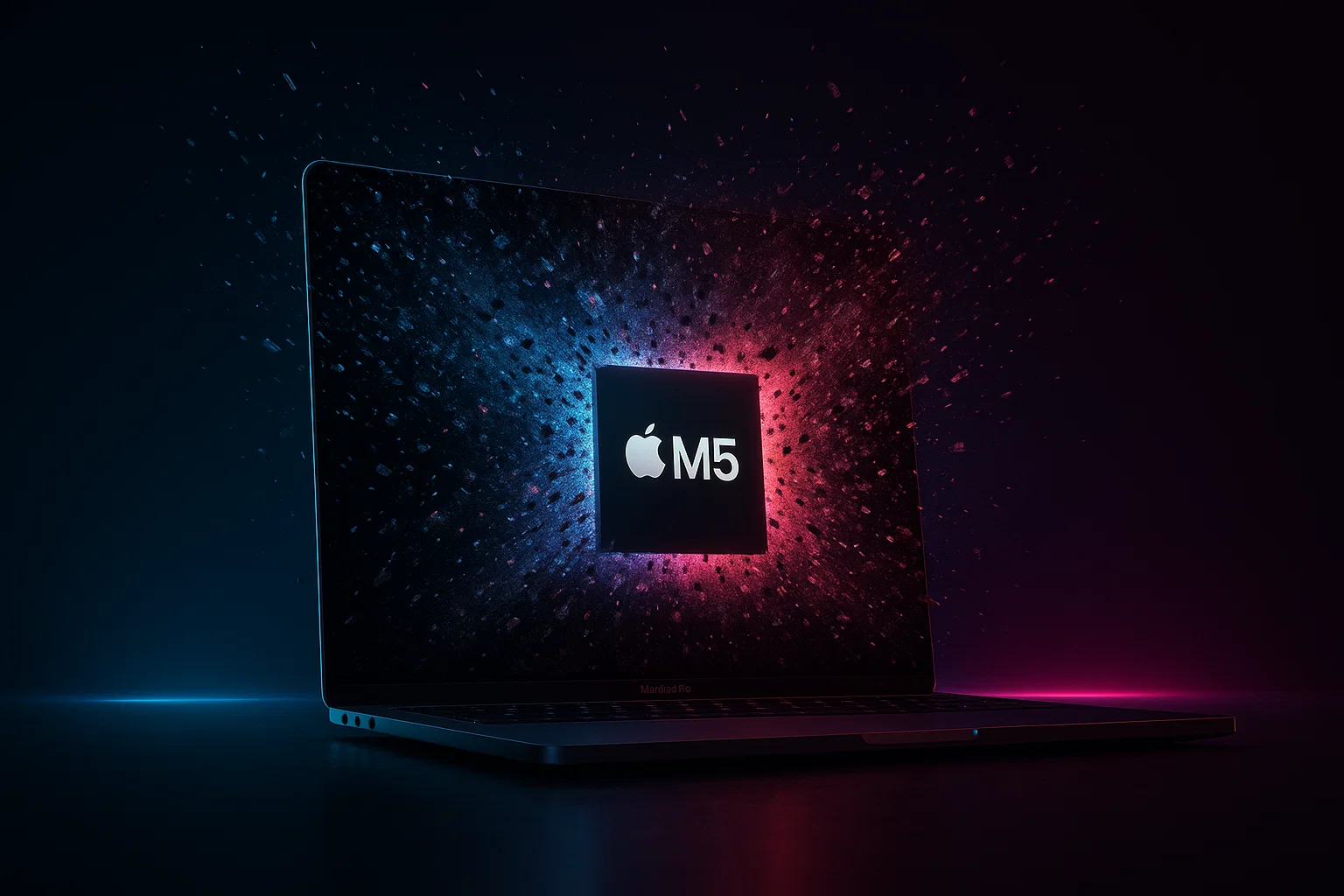
1. A Faster Launch Cadence: Production Starts Q1 2025
Multiple supply-chain whispers point to volume production kicking off in the first quarter of 2025, with a showcase Mac event penciled for October–November. In other words, Macs running the Apple M5 Chip could land on your desk before your holiday turkey cools.
2. N3E Node—Tiny Transistors, Huge Impact
The chip remains on TSMC’s 3-nanometer family but moves from N3B to the improved N3E process. Expect lower leakage, higher clock ceilings, and better yields. Translation? Either the same performance for fewer watts, or—you guessed it—more performance without nuking battery life.
3. Bigger, Badder CPU Cores
Leaked configurations suggest 14 performance cores plus 4–8 efficiency cores on the Max variant. Apple’s clever asymmetric magic means multithreaded workloads—think 8K ProRes exports—could see >20 % speed bumps over the M4.
| Chip | P-cores | E-cores | Process |
|---|---|---|---|
| M4 Max | 12 | 4 | N3B |
| M5 Max | 14 | 6 | N3E |
4. Graphics That Make Ray-Tracing Finally Matter on Mac
The rumor mill pegs a ludicrous 48-core GPU inside the Max and up to 96 cores on an Ultra. Add second-gen hardware ray-tracing and MetalFX 2.0 upscaling, and AAA gaming could move from wishful thinking to weekend reality. (I’m lookin’ at you, “Cyberpunk 2077.”)
5. 60+ TOPS Neural Engine—On-Device AI Like You’ve Never Seen
The Neural Engine is where the Apple M5 Chip turns into an AI warhead. Apple is aiming for at least 60 TOPS, enough to run impressively large language models entirely offline. That means:
- Real-time voice isolation in FaceTime with near-studio quality.
- Final Cut Pro auto-editing that finds your best takes while you refill coffee.
- Xcode code-completion that actually understands your spaghetti logic.
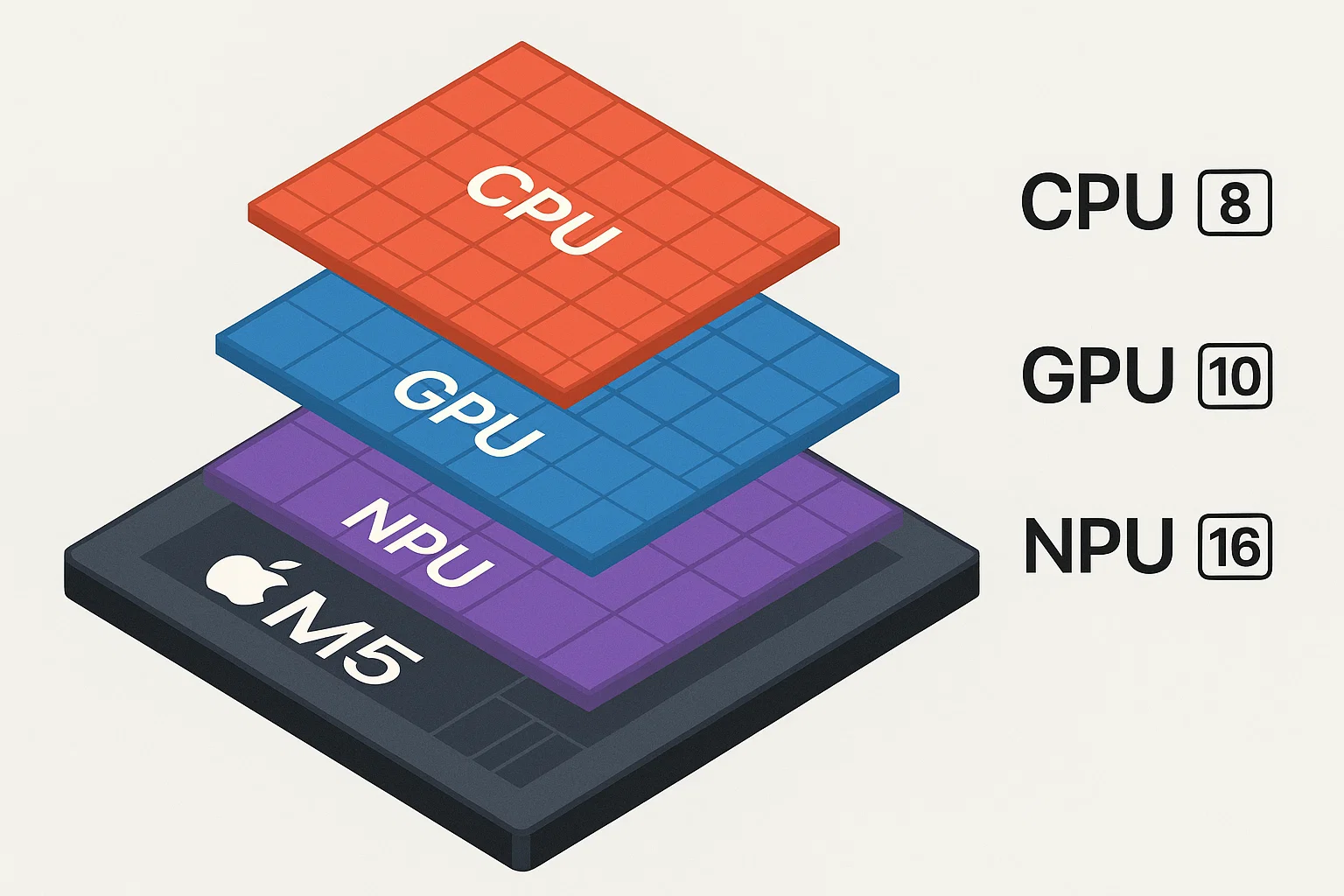
6. Who Gets the M5 First? Here’s the Likely Rollout
- MacBook Pro 14/16 (2025) – thinner bezels, bigger batteries, and a vapor-chamber cooler to keep the Apple M5 Chip purring.
- Mac Studio (2025) – creatives rejoice: dual HDMI 2.2, eight Thunderbolt 5 ports, and that coveted M5 Ultra.
- MacBook Air (2026) – same fan-less charm, now with enough grunt to tackle 8K edits on the patio.
7. Real-World Gains: Benchmarks You’ll Actually Feel
It’s easy to drown in percentage charts, so let’s translate:
- Logic Pro: 120-track Dolby Atmos mix renders 1.4× faster.
- Blender: Cycles path-tracing shows a 25 % frame-per-minute jump.
- TensorFlow: On-device fine-tuning of a 7-billion-parameter model in half the time versus M2 Max.
8. Sticker Shock & Supply Jitters
Here’s the rub: more cores and cutting-edge N3E wafers cost serious coin. Expect entry-level pricing to creep north, perhaps $2,499 for the 14-inch Apple M5 Chip MacBook Pro. Still, considering the performance per watt, bean-counters may chill.
Analysts at TechCrunch predict premium laptop ASPs rising 8 % across the industry, so Apple won’t be alone in upping tags.
9. How M5 Stacks Up Against Snap-X Elite & Lunar Lake
Qualcomm’s Snap-dragon X Elite posts an impressive 45 TOPS NPU, and Intel’s Lunar Lake promises up to 48 TOPS, yet the Apple M5 Chip appears set to leapfrog both in sheer TOPS and tight OS-level integration. And remember: when Cupertino controls hardware and software, magic happens.
10. Level-Up Reading
If you’re hungry for more silicon geekery, check out our hands-on Dual-Band WiFi Setup guide or dive into the Intel Arc Pro GPU launch analysis for desktop power users.
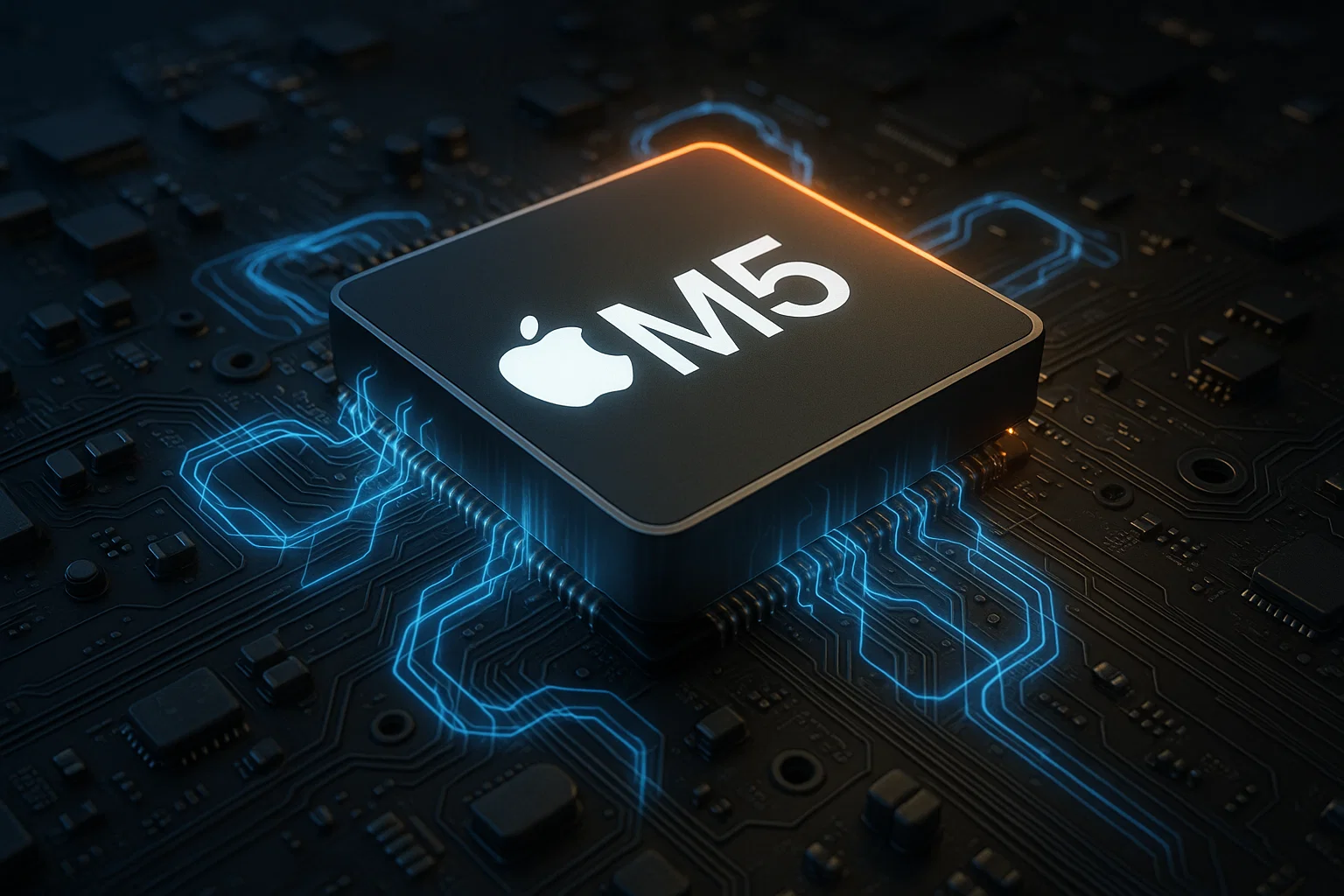
Final Thoughts: The Dawn of a Smarter Mac
The Apple M5 Chip isn’t just another speed bump—it’s the silicon foundation for a Mac that understands context, predicts your next action, and does the grunt work so you can stay in flow. When these machines hit shelves, I’ll be first in line—coffee in hand, credit card trembling, spouse rolling eyes. See you there.

 FoxDoo Technology
FoxDoo Technology